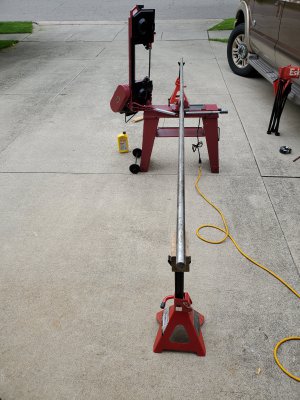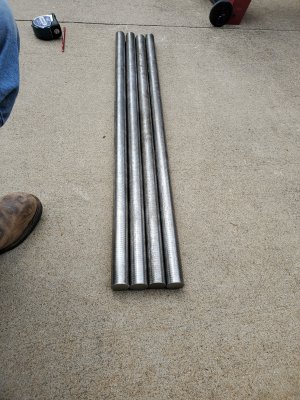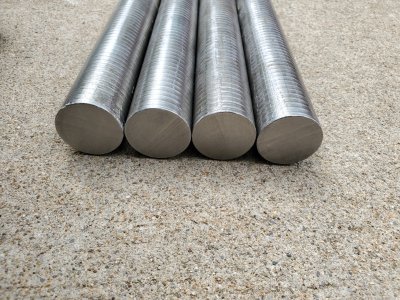I've got one of these saws. It has been used in my commercial shop for at least 20 years. Other than adjusting the guides & the switch stop, not much has been done to it. The gear case has never been opened, original oil. The wheels are rarely used, luckily. The vice has been drilled to allow clamping short parts, a bigger table for vertical use has been put on. I made the work stop easier to adjust. The flimsy door barely hangs in there. It gets used and abused by anyone in the shop. It cuts square. Angle iron is cut corner up so the blade doesn't have to engage too much thickness. Most things are cut dry. Aluminum is cut using WD40 to keep from welding into the teeth. The guide bearings are still original. Even though I'm retired from the shop I still use it occasionally. I even cleaned it, once. I have a heavy, very old cold saw that I use for anything that will fit. Much faster.
Never move the saw in the up position! Ease the blade into the cut. On heavy plate mount the work edge up or if too tall, at an angle so you aren't trying to cut a big flat piece. Some day, IF, I get a new shop, I'll buy a respectable saw. This 4x6 has done a lot of work and was well worth it's price.
Never move the saw in the up position! Ease the blade into the cut. On heavy plate mount the work edge up or if too tall, at an angle so you aren't trying to cut a big flat piece. Some day, IF, I get a new shop, I'll buy a respectable saw. This 4x6 has done a lot of work and was well worth it's price.


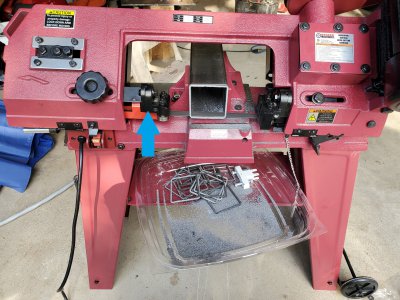
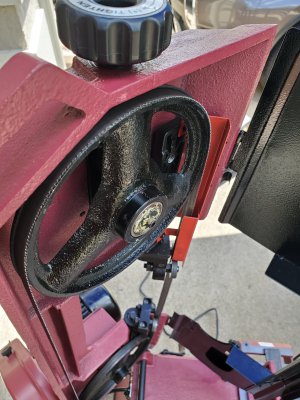
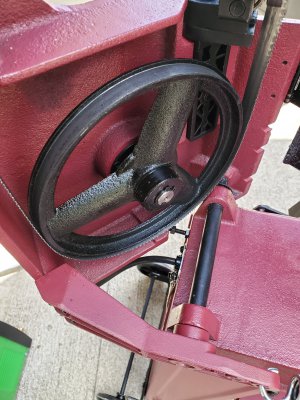
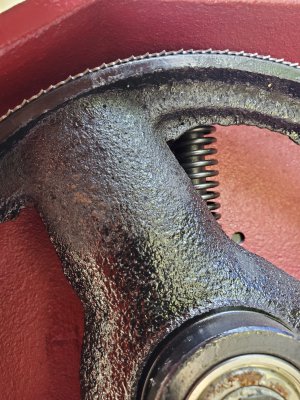
![20210514_200952[1].jpg](/data/attachments/323/323147-317edfbb4caea740739560fd28ec7f81.jpg)
